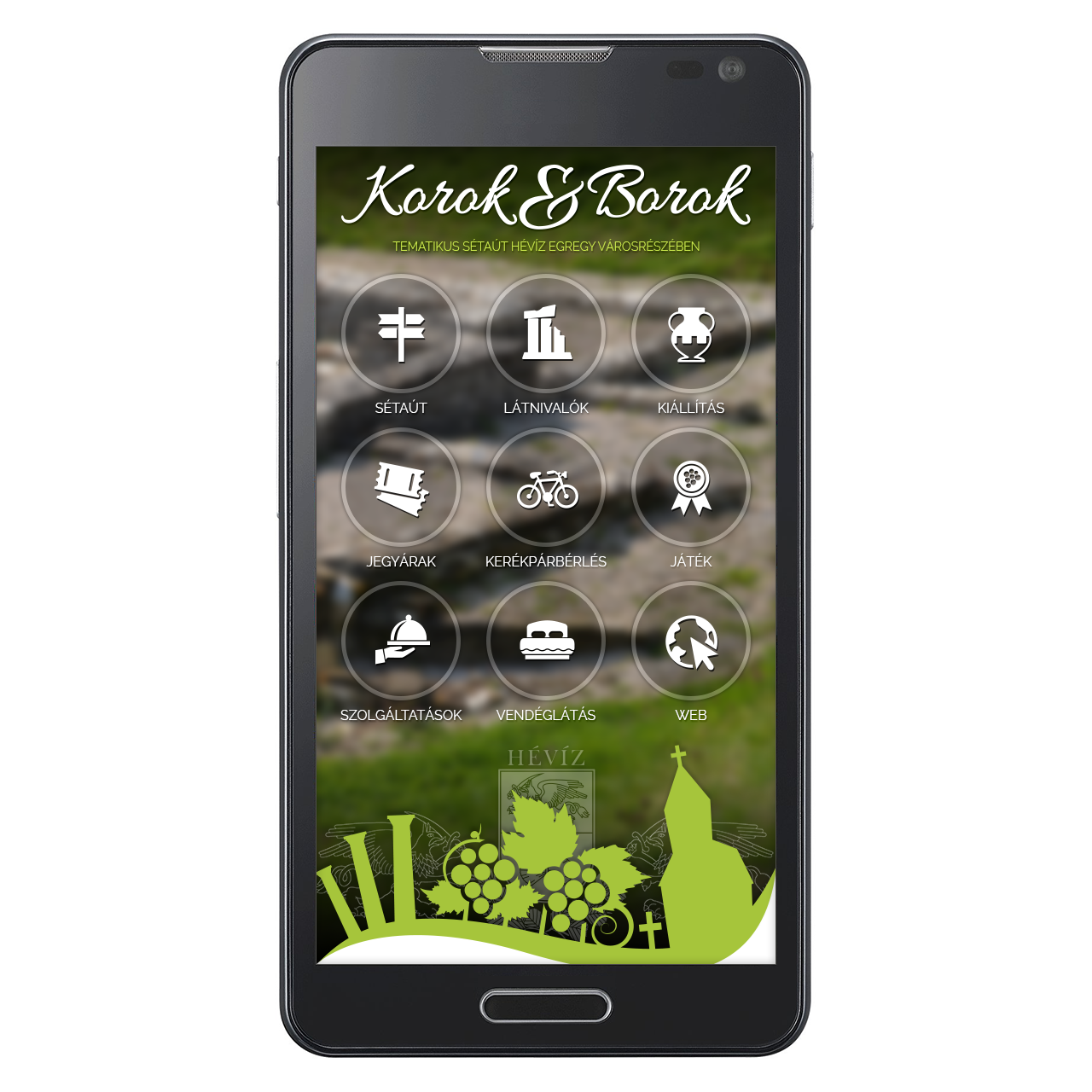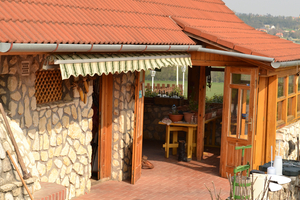 All folks that showed up throughout the history in the surroundings of the Balaton have left their mark also on Egregy. On the territory between the Church of Jesus' Heart (Jézus Szíve templom) and the peat valley (tőzeges völgy) arches from eight archaeological eras were found starting with the Middle Neolithic Period (end of the 4th millennium BC) to the Carolingian Period before the Hungarian conquest of the Carpathian Basin (9th century DC).
All folks that showed up throughout the history in the surroundings of the Balaton have left their mark also on Egregy. On the territory between the Church of Jesus' Heart (Jézus Szíve templom) and the peat valley (tőzeges völgy) arches from eight archaeological eras were found starting with the Middle Neolithic Period (end of the 4th millennium BC) to the Carolingian Period before the Hungarian conquest of the Carpathian Basin (9th century DC).
From the above the presence of the Romans was the most abiding. As a proof of that see the ruins of building from the Principate that dr. Árpád Csák partly excavated in 1931 finding richly decorated fresco fragments and mosaic tiles. During the works on the wine fields in 1901 276 pieces of coins from the 4th century appeared in crockery while in 1936 a brick burning oven west to the columbine (Church of Jesus' Heart). The middle age village and the church from the Arpad era both were built on Roman layer. The Roman’s brought the knowledge of viticulture to Pannonia and to the surroundings of Balaton which is reflected by the ceramic pot with the lettering “Da Bibere” (give me something to drink) discovered nearby. Viticulture became successful thanks to the knowledge of the Romans and the fortunate natural conditions. The soil of Egregy is medium hard, sandy and moderately stony. This “warm” sometimes “fiery” soil together with the favourable climatic characteristics facilitated outstanding quality wine making. It is not a coincidence that the Hungarians living here in the Árpád era continued the tradition of viticulture with Roman roots.
The history of wine production in Hévíz
Winery in Egregy has a tradition dating back to the Roman times when viticulture was introduced in this territory. The Hungarians from the Árpád era attended this type of agriculture testified in the certificate from 1221.
In the Turkish times the village perished and desolated but in the beginning of the 18th century the population was replaced with German settlers. These people continued the viticulture traditional around Balaton according to their predecessor. The region had outstanding conditions for that: the warm, sometimes fiery soil together with the favourable climatic circumstances has granted and is granting know also the making of superb wines which is assisted by the sedulous local people.
The wine region is a distinctive white wine growing territory but also some grapevines for red wine were planted. The most common sorts of the territory are: Welshriesling, Pinot Gris, Müller-Thurgau but also Grüner Veltliner and Muscat.
The district of Egregy is famous not only for the church from the Árpád era but it is also commonly known for viticulture and for the fortunate natural conditions.
The vineyards of Egregy were declared as quality wine-growing territory and the local wines were declared as regional wines of Balaton in 1998.
The promotion of the wines of Hévíz is known and was also in the antecedent years an important issue for the current local administration for this reason since March of 2007 they pick the Wine of Hévíz annually.
Look for our wines on the vineyards of Egregy, in restaurants, at the accommodation providers, in Tourinform Offices, gift shops and bear spread the name of our town.
http://www.heviz.hu/bor-es-gasztronomia/egregyi-szolokultura
View spherical panorama pictures taken in Egregy: http://karpatmedence360.hu/egregy/panoramak/1.htm
Would you like to know which wines and grape sorts are the most popular in the surrounding of Hévíz?
Cserszegi fűszeres
Károly Bakonyi breaded it from sorts Irsai Olivér and Roter Traminer. This variety is less sensitive to cold the wine has a spicy relish and a hard character. It is a distinctive variety of the Hévíz region. The wine of the town was made several times out of this grape.
Welshriesling
This grape variety is the most common and widely known in Hungary. Its relish remembers to bitter almond and has a distinctive scent.
Pinot Gris
The name of the variety is known rather in the Hungarian language; its flavour is rich in tastes extracts and accompanies fine acids. In Hungary it is known as Szürkebarát.
Müller-Thurgau
Reductive wine, it is easy to recognise, luscious sometimes soft wine. It has distinctive characteristics.
Grüner Veltliner
Quality white vine variety. It has a very distinctive scent reflecting pepper. The wine is very thin it is easy to recognise.
Sauvignon blanc
Derives from France and it is one of the most famous varieties on the world. It is known in Hungary for a long time but it spread better in Transilvania. A wine with tasty relish and hard character; fragrant; has a scent of elderberry, currant, nettle and freshly cut grass.

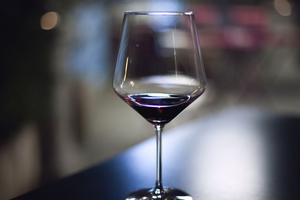
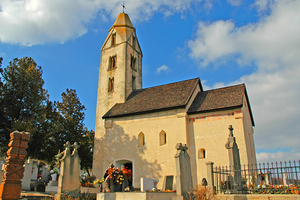
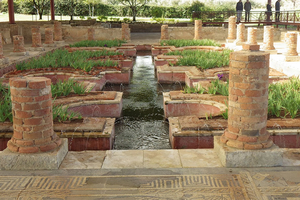
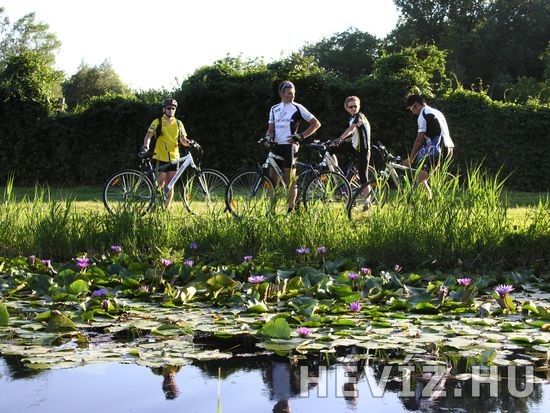
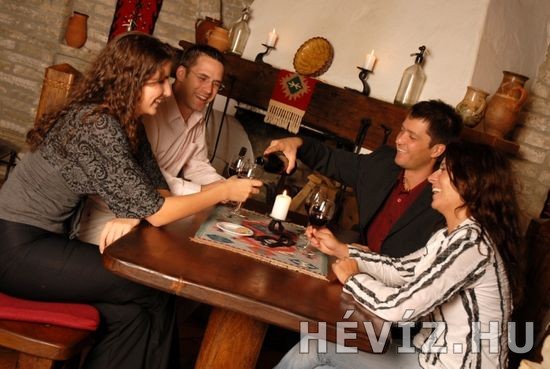
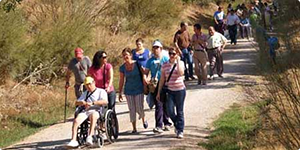

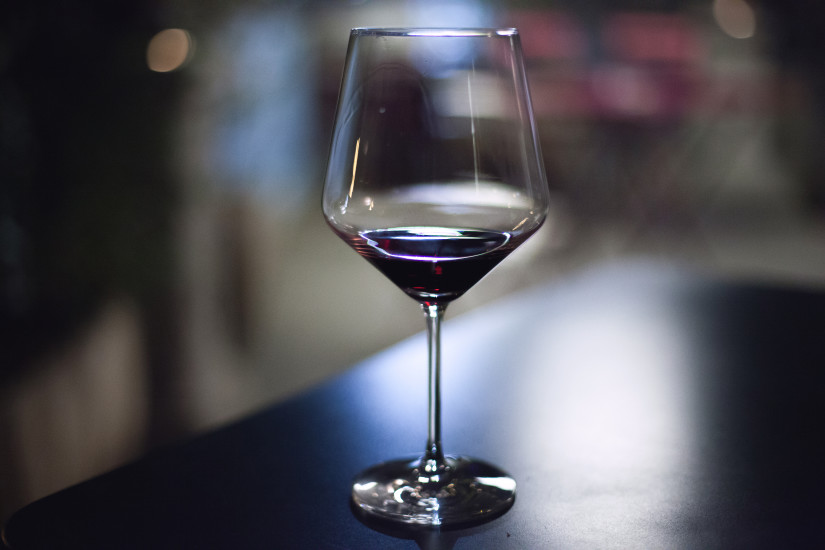

 路标,“亭子”
路标,“亭子”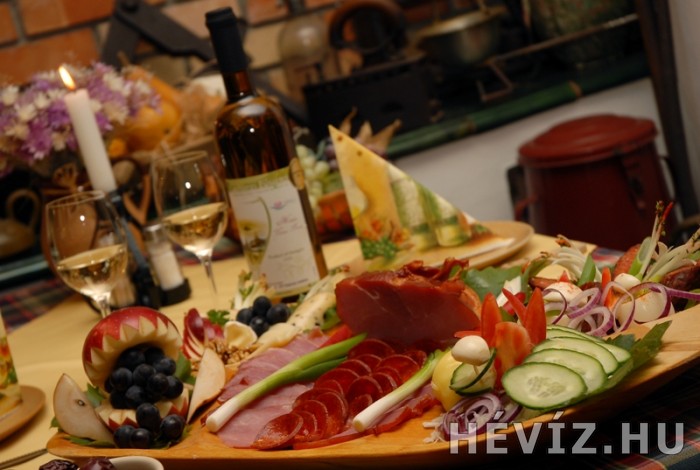
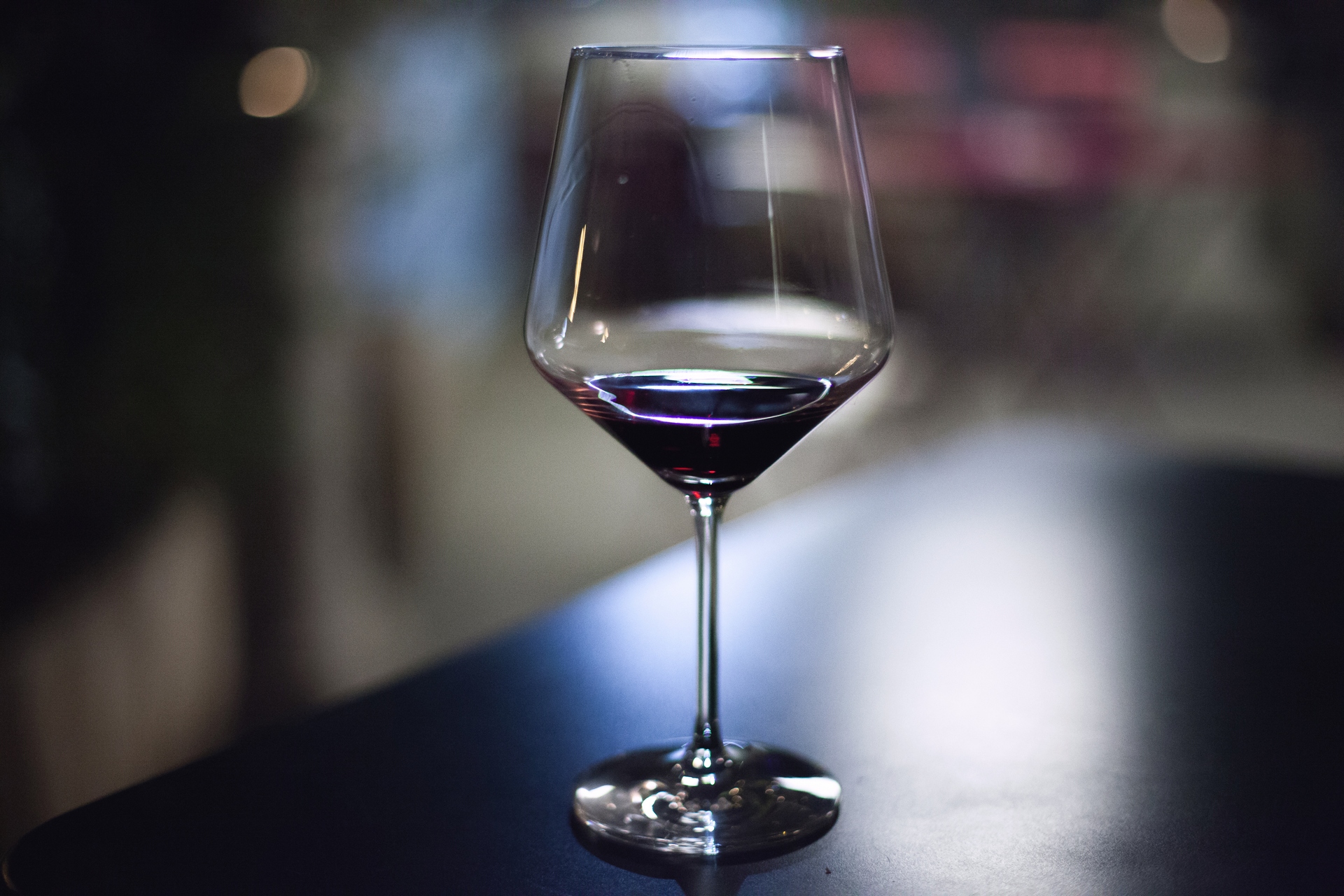

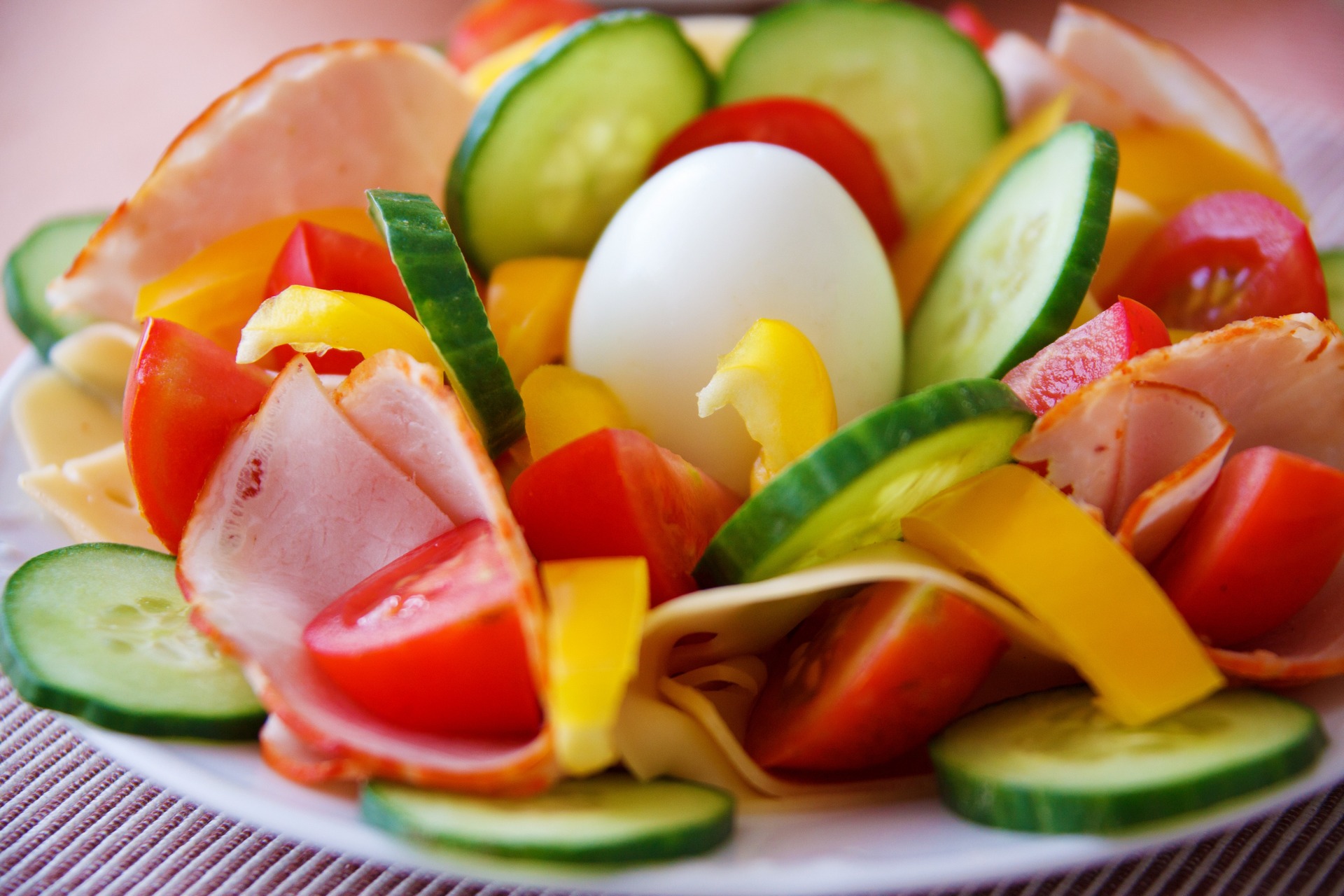
.jpg)

